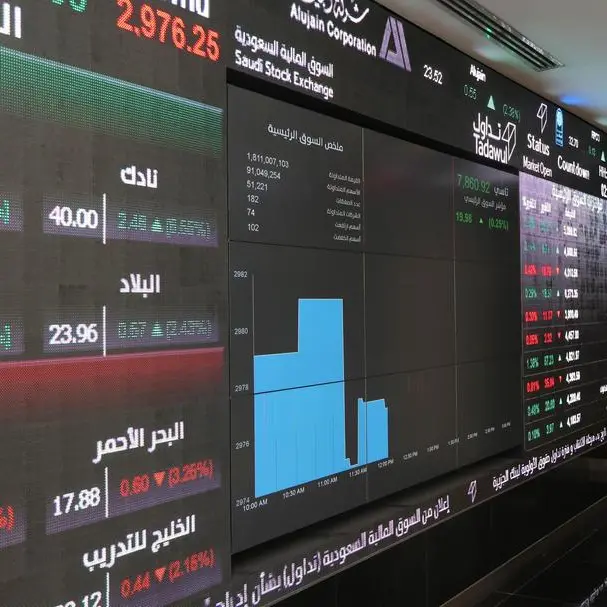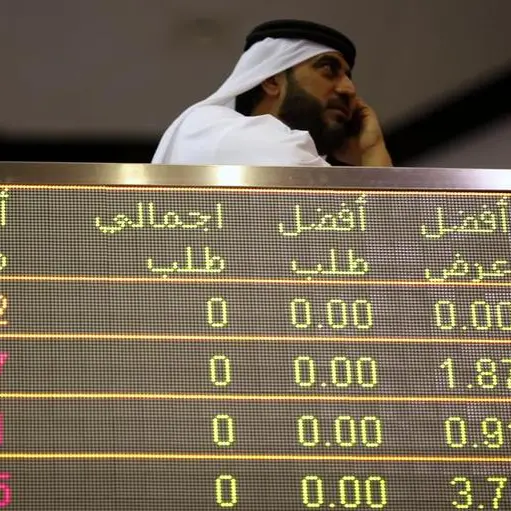It is becoming evident that market optimism over the resilience of the economy of the United States in such unfavourable global conditions has stimulated appetite for the dollar.
The perception that the U.S. remains in better shape in comparison to everyone else has transformed the greenback into a destination of safety in times of uncertainty. Although the dollar held up relatively well during the first quarter of 2019 despite a dovish Fed, there is a strong suspicion that the currency is running on borrowed time, given its performance in April.
While 'King Dollar' may find further support from safe-haven flows as global growth fears, Brexit and geopolitical risk strain sentiment, this alone may not be enough to keep the currency buoyed in the medium-to-longer term. With the Federal Reserve adopting a “patient” and “flexible” approach towards monetary policy, and mixed economic data from the U.S. in recent months, most of the themes supporting dollar bulls are slowly fading.
It was only back in March that the U.S. Treasury yield inverted for the first time since 2007 – a development that flashed warning lights over the largest economy in the world potentially entering a recession. Lingering concerns over the health of the U.S. economy will not only weigh on the dollar but threaten its status as a safe-haven asset in times of uncertainty. With speculation over the Fed potentially cutting interest rates in the future seen as threatening the dollar’s competitive advantage, the currency’s outlook points in favour of bears.
As the second quarter gets underway, King Dollar is seen facing a barrage of headwinds in the form of fading fiscal stimulus, ongoing political drama and repeated signs of decelerating economic growth in the United States. The fact that the IMF has cut its projections for the US economy this year from 2.5 percent to 2.3 percent continues to highlight how the dollar is running on fumes.
Across the board, there are several catalysts that could potentially cause the dollar to collapse like a house of cards. This could come in the form of President Trump’s criticising the Federal Reserve or even talking down the dollar. Flattening yield curves in the United States coupled with disappointing economic data may enforce further downside pressure on the dollar. In regards to the technical picture, the Dollar Index (DXY) has repeatedly failed to break above the 97.70 resistance level. If this point continues to be a reliable resistance, then prices are seen slipping back towards 93.00 in the medium-to-longer term.
For more information, please visit: FXTM
Disclaimer: This written/visual material is comprised of personal opinions and ideas. The content should not be construed as containing any type of investment advice and/or a solicitation for any transactions. It does not imply an obligation to purchase investment services, nor does it guarantee or predict future performance. FXTM, its affiliates, agents, directors, officers or employees do not guarantee the accuracy, validity, timeliness or completeness of any information or data made available and assume no liability for any loss arising from any investment based on the same.
Risk Warning: CFDs are complex instruments and come with a high risk of losing money rapidly due to leverage. You should consider whether you understand how CFDs work and whether you can afford to take the high risk of losing your money.
Any opinions expressed here are the author’s own.
Disclaimer: This article is provided for informational purposes only. The content does not provide tax, legal or investment advice or opinion regarding the suitability, value or profitability of any particular security, portfolio or investment strategy. Read our full disclaimer policy here.
© Opinion 2019











